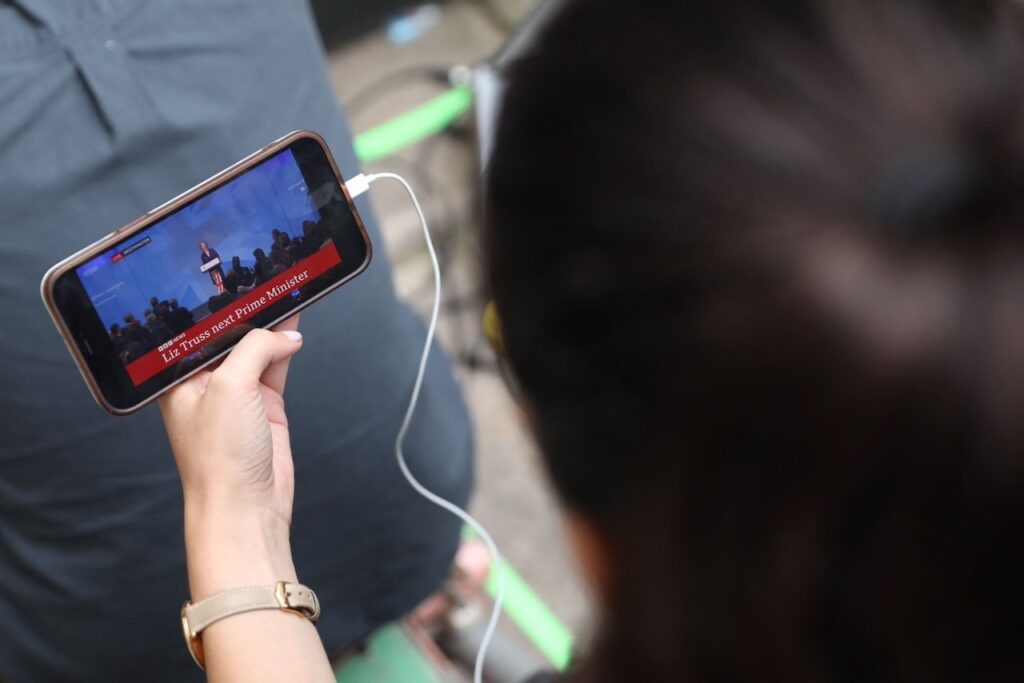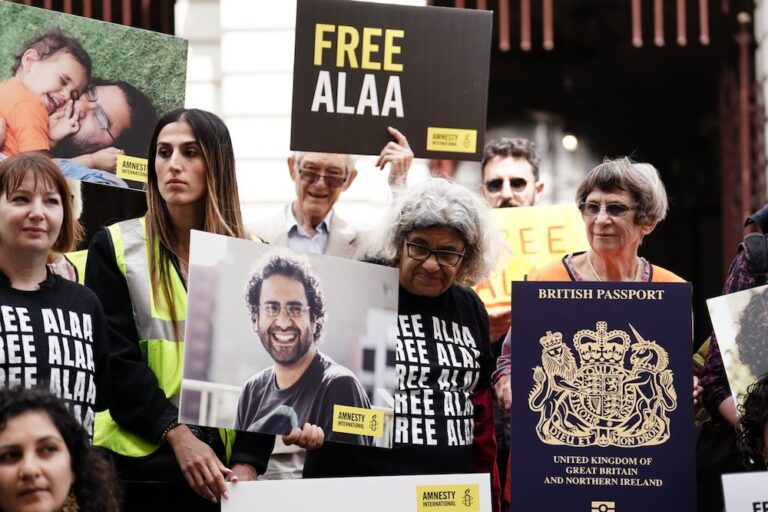"We are observing a notable increase in impersonation cases and politically motivated harassment. Tracking these trends allows us to provide timely advice and updates to our journalists, ensuring they are better prepared to handle these threats" - Rebecca Whittington
This statement was originally published on wan-ifra.org on 21 March 2025.
Four years into a role designed to tackle online abuse, Reach Plc’s Rebecca Whittington puts the spotlight on this ongoing scourge, ahead of the upcoming release of WAN-IFRA WIN’s Newsroom Policy Guide to Fight Online Harassment.
Rebecca Whittington is Online Safety Editor at Reach Plc, the largest commercial news publisher in the UK, with approximately 2,000 journalists covering over 120 brands across the UK, Ireland, and the US.
Whittington was appointed in 2021 to manage and respond to online harassment challenges faced by journalists.
In this interview, Mariona Sanz, Senior Project Manager for Press Freedom and Media Development at WAN-IFRA, and Senior Manager for Safety at WAN-IFRA WIN, speaks to Whittington about her role and the importance of creating safe digital environments in media.
This conversation was conducted a few months ago, ahead of WAN-IFRA WIN’s upcoming, April release of a Newsroom Policy Guide to Fight Online Harassment.
Mariona Sanz: You are one of the world’s first online safety editors. Who decided to create your position and why?
Rebecca Whittington: The need for this role emerged from requests by several national and social editors who were overwhelmed by appeals for help related to online harassment from their teams. The company recognised this need, especially as platforms like Meta and Twitter (now X) became integral for news distribution, and online harassment more and more frequent.
Sanz: Your position was new and you had to create processes and systems from scratch. Where did you begin?
Whittington: I started with numerous listening events and online meetings with different teams, followed by anonymous feedback collection. This helped us identify recurring themes and specific challenges unique to various local news teams within our organisation.
Sanz: Can you give an example of a local challenge?
Whittington: A journalist in rural Wales faced severe backlash for publishing content about COVID-19 restrictions. Being part of a small community, the likelihood of encountering individuals who sent harassment and threats is much higher compared to a journalist in a larger city like London. This proximity makes the physical and psychological safety concerns more immediate and palpable.
Sanz: What systems have you put in place to monitor and respond to online harassment?
Whittington: I started by establishing an Online Safety Committee, which included members from editorial, security, legal, as well as social media teams. This committee helped to set up policies and structures around safety. Together, we developed an online safety reporting system using Jira, which allows journalists to quickly and easily report online harassment cases. These are then triaged and directed to the appropriate departments for swift action.
Sanz: How does the Online Safety Reporting System work?
Whittington: First we ensure that anyone who fills in a report receives immediate advice. Even if the report is received out of hours, someone from our online safety or security team will respond to offer resources and support. For serious issues like stalking or prolonged harassment, we can keep evidence in the system. I do regular check-ins with the affected individuals if the case remains open, and I make sure to individually close the cases with the affected individuals. Also, the system allows us to identify trends, which at the same time is very useful to adapt our training programmes and preventive measures.
Sanz: What type of trends are you seeing now?
Whittington: We are observing a notable increase in impersonation cases and politically motivated harassment. Tracking these trends allows us to provide timely advice and updates to our journalists, ensuring they are better prepared to handle these threats.
Sanz: How important is prevention?
Whittington: Prevention is key. We conduct extensive training on protecting personal information. This includes using multi-factor authentication and minimizing online footprints. By doing this, we are reducing journalists’ vulnerability to online attacks and minimises the impact of these threats. Educating journalists on online safety decreases the likelihood of them becoming targets and the severity of the attacks.
Sanz: You also have promoted peer-to-peer networks on online harassment. Can you explain the Online Safety Rep Network?
Whittington: This group comprises trained volunteers who provide local support within their teams, similar to mental health first aiders. They offer guidance on online safety issues and help disseminate training opportunities. This network is particularly valuable in large organisations where direct connections to all teams can be challenging. Having decentralised support ensures timely and relevant assistance for everyone, and journalists feel more secure knowing they have a dedicated person to turn to in their immediate environment, someone they directly know and trust.
Sanz: You also have promoted a “support swarm” for social media. How does it work?
Whittington: Reach Hive, our “support swarm”, is a group on Twitter where members, when directed, send lots of positive messages to journalists returning to the platform after facing online harassment. It helps to create a supportive digital environment, counteracting the negativity they might have experienced when harassed.
Sanz: How does your role integrate with other departments at Reach Plc?
Whittington: We have a regular safety meeting that includes the security team, health and safety, HR, social media, and editorial representatives. This ensures a cohesive and comprehensive approach to online safety, leveraging expertise from various areas within the organisation.
Sanz: What impact have your initiatives had so far?
Whittington: Our systems have enhanced the safety and well-being of our journalists. The reporting system and immediate response guide ensure prompt incident management, while the preventive measures have empowered our journalists to protect themselves. This significantly reduces the potential damage. Last but not least, the support networks are creating a safer and more supportive working environment.
Sanz: You’re also publicly advocating for what you call a Safe Working Culture model within media organisations.
Whittington: Yes, I have a background in education and I also sit on the advisory committee for Women in Journalism (WiJ), a non-profit organisation in the UK. Via WiJ I have developed tools and resources for smaller news organisations and freelance journalists to use, to protect against online harassment and ensure the physical, digital and psychological safety of their teams.



